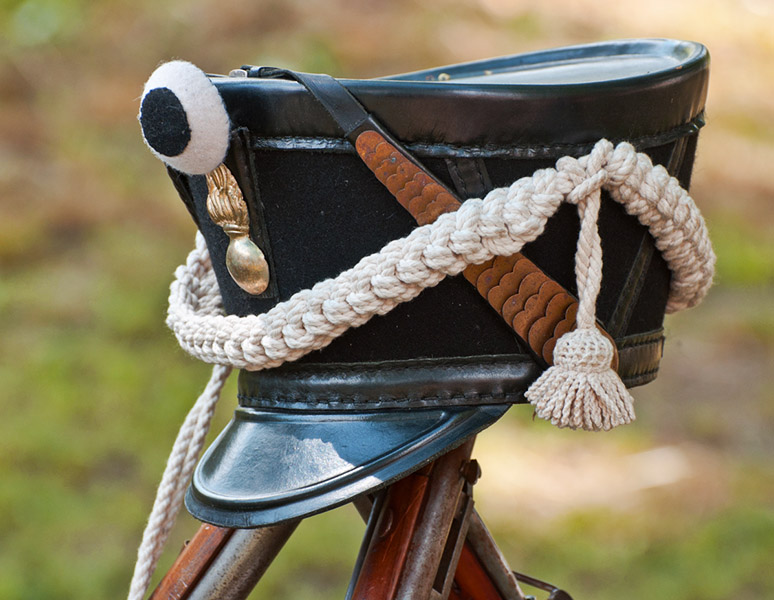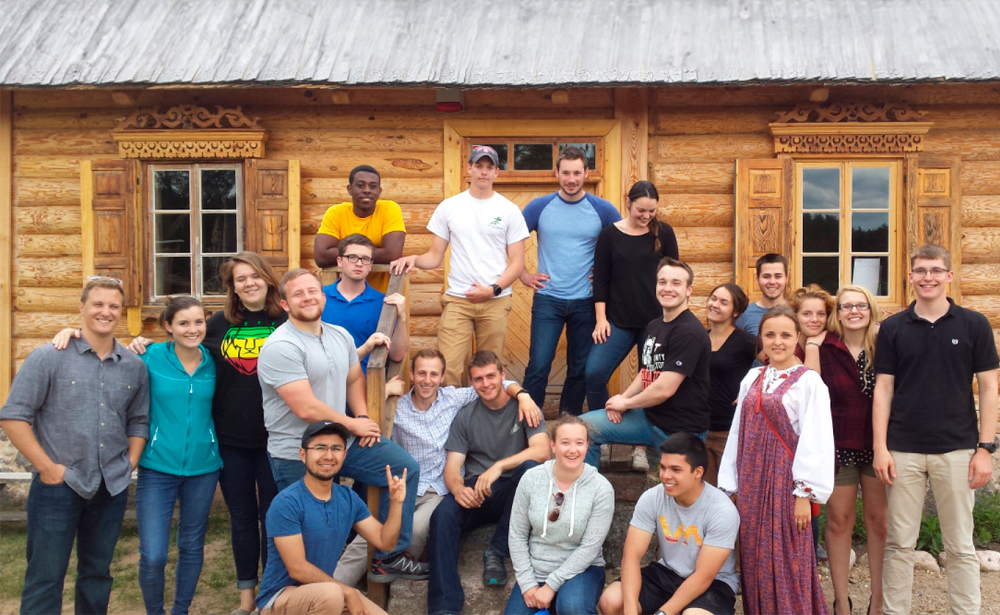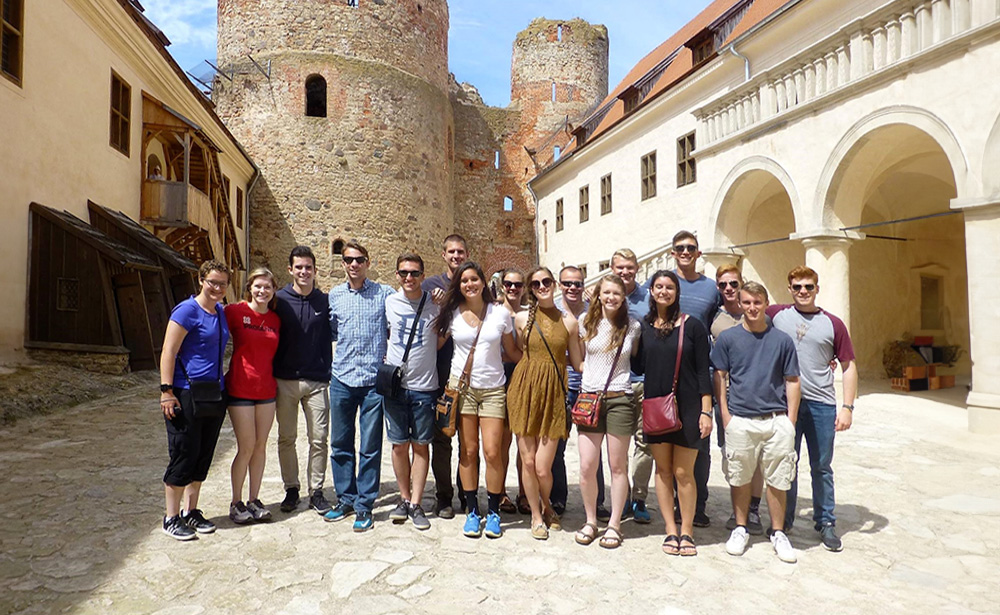Festival of Military History Reconstruction “Dinaburg 1812”
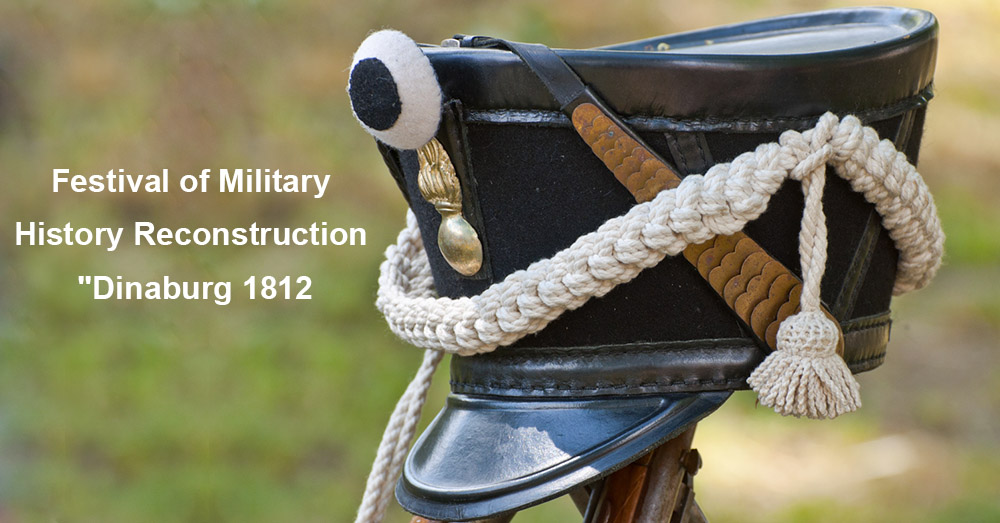
The International Festival of Clubs of Military History Reconstruction “Dinaburg 1812” is held in Dinaburg Fortress (Daugavpils Fortress nowadays). This festival is devoted to the events happened in the 19th century and it is filled with the spirit of that epoch. It introduces its spectators to the uniform, ammunition, battle procedures, dress and dances of that time.
A Brief History
In 1810, when Dinaburg was part of the Russian Empire, on the Russian Emperor’s Alexander I edict, the construction of the fortress for defending Russia’s western borders was started on the banks of the Western Dvina River (in Latvia this river is called Daugava). After two years the war between the Russian Empire and Napoleonic France began. In Russia this war is known as the Patriotic War of 1812.
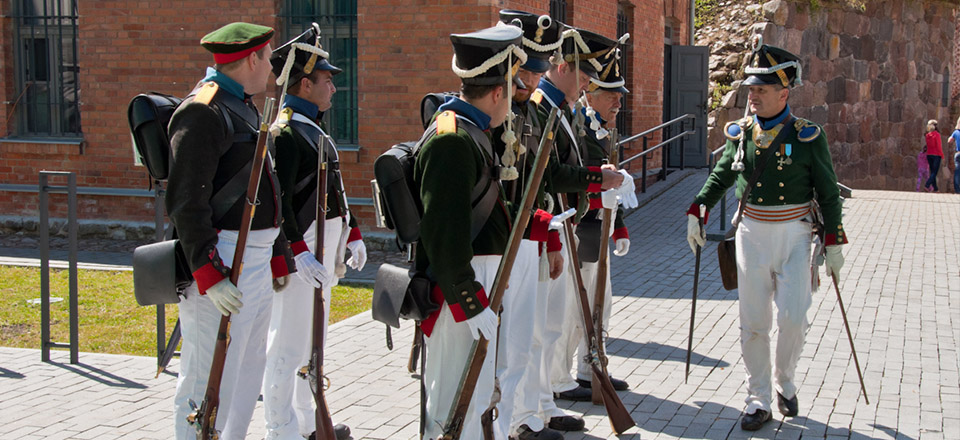
It was planned to complete the construction of Dinaburg Fortress in a year. However, the war set its own rules, and in July 1812 first sounds of cannons echoed around. The fortress garrison stopped the attack of the French corps, despite the fact that the number of French soldiers more than 10 times exceeded the number of the soldiers in the fortress.
How the Festival is Organized
The Festival “Dinaburg 1812” is held in the fortress. It starts with a parade during which spectators may see the uniform of Russian and French soldiers, armor, military marches, 19th century dress, etc.
Soon after the cannon shot at midday, the reconstruction of the battle at the fortress walls begins: attack, defense, ambush, close-in combats, etc. As a rule, there is a battle painter somewhere not far to paint each episode of the battle. The attempts by the French to conquer the fortress fail, and after the victory of the Russian army the celebration starts.

There is a ball held in the Fortress Garden in honor of Natasha Rostova – the main character of Leo Tolstoy’s novel “War and Peace”. The Ball’s participants dance and demonstrate their amazing dresses. After the Ball, everyone is invited to attend the ethnic music concert. The festival finishes with the fire show.
During the festival visitors can attend a lot of attractions, or do the shopping at craftsman and antique fairs. They can also take lots of fantastic pictures with war symbols and attributes.
The interest in the festival of reconstruction “Dinaburg 1812” is growing every year. In 2017 the representatives of 13 clubs from 7 countries participated in the festival, and the number of guests was about 11,000 people.
You are very welcome to the festival!
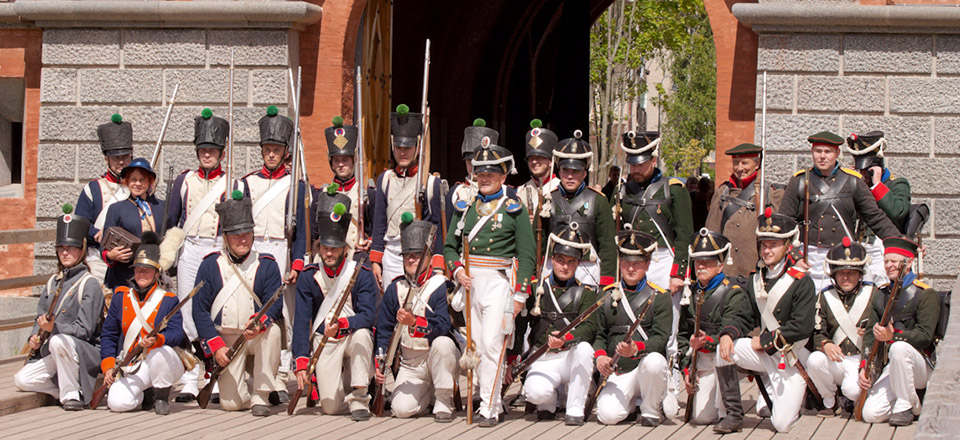
You may be interested
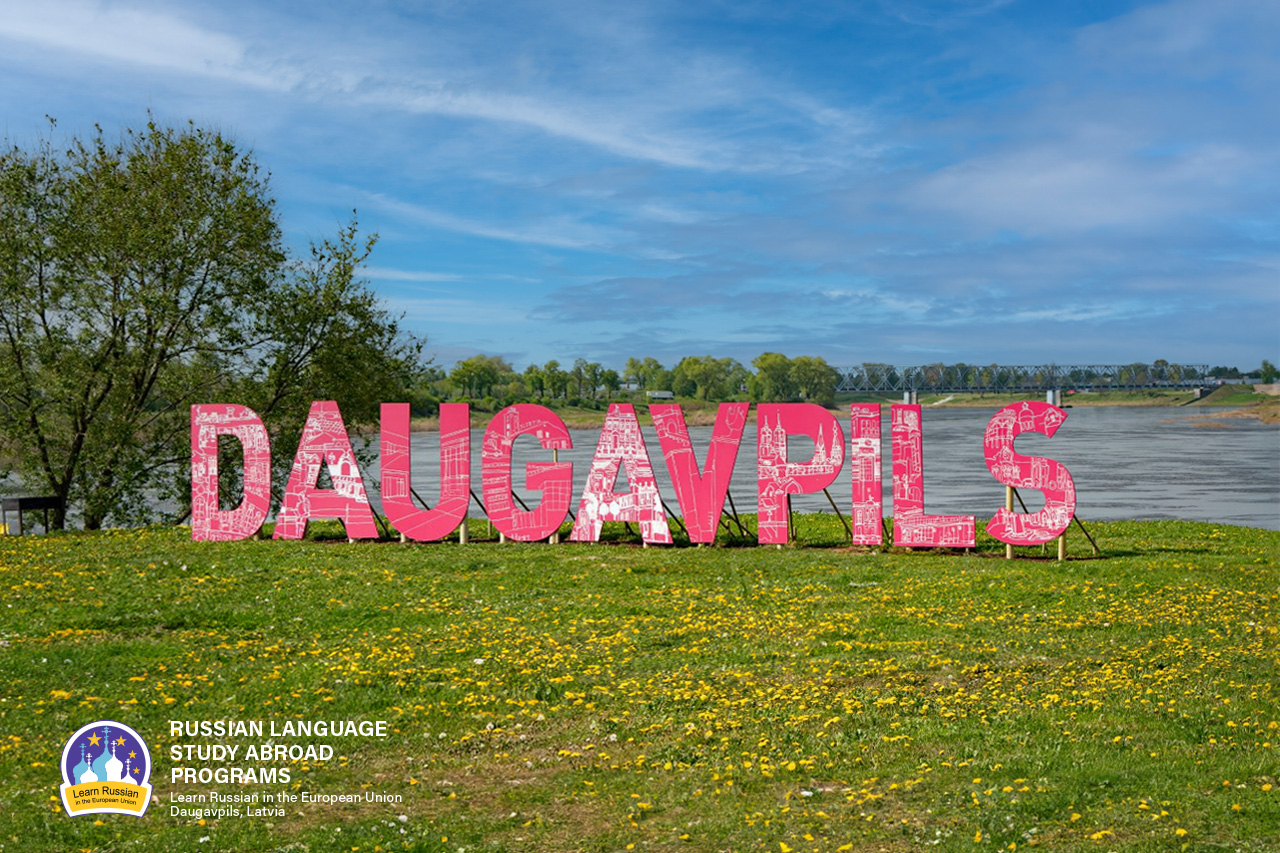
Why do people speak Russian in Daugavpils?
As it seems to us, Daugavpils is the best place to learn Russian now, because our city is situated in the EU and NATO, but at the same time 90% of the city’s population speak Russian at home.
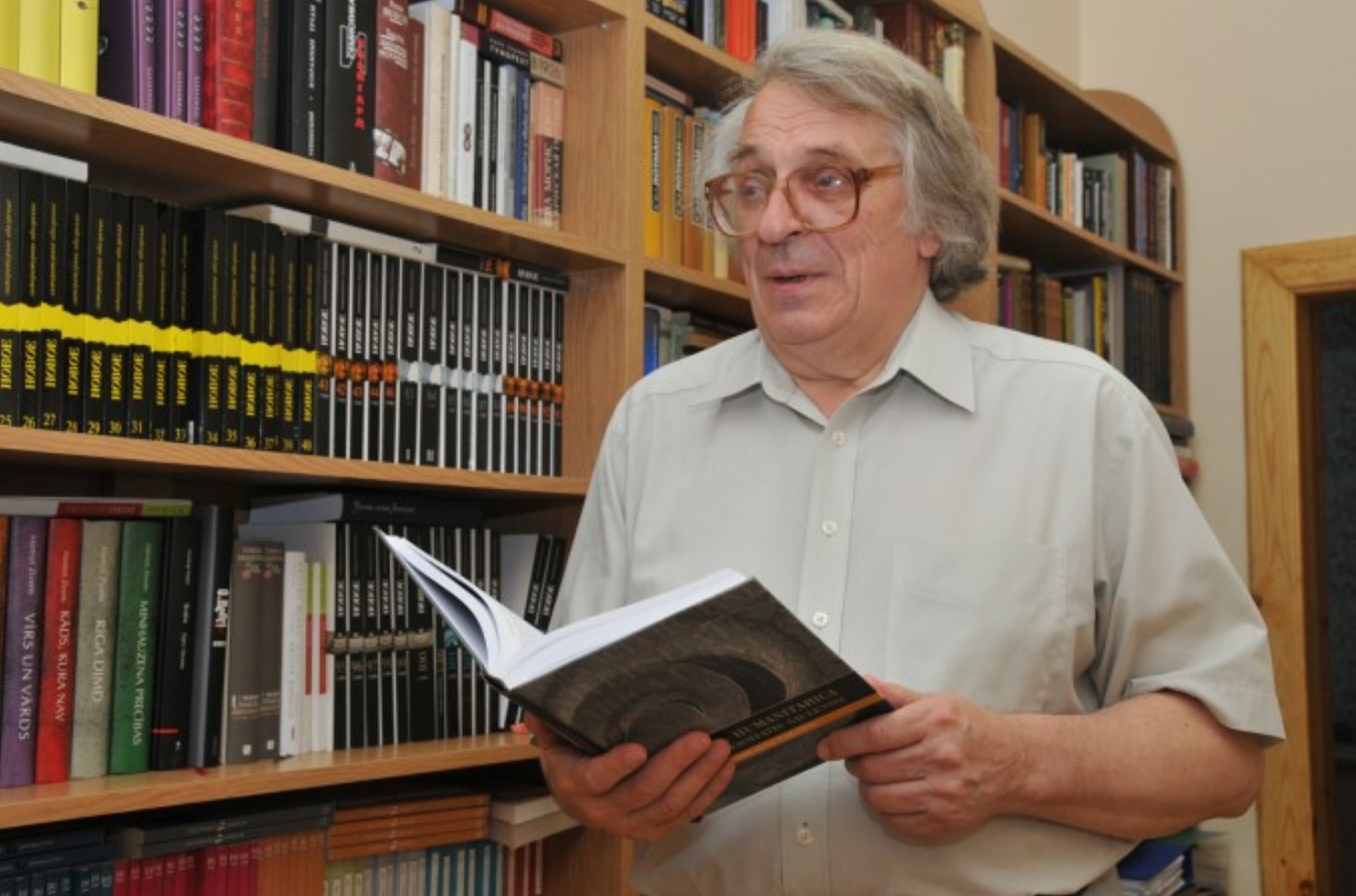
ЭТЮД О ДВИНСКЕ
Etude on Dvinsk by F.Fedorov
The Baltic region is one of the most catastrophe prone regions of the 2nd millennium, especially its second part; it is the centre of attraction of ‘geopolitical’ interests of the European world. Probably the most tragic fate has befallen to the eastern part of the present Latvia and its multi-titled town of Dinaburg – Dvinsk – Daugavpils. During its 730 years long history, the town went through five rather autonomous periods of development, five different lives (German, Polish, Russian, Latvian, Soviet), and at the beginning of the 1990s it entered into the 6th period.
The history of Dinaburg – Dvinsk – Daugavpils is the history of five attempts by the town to begin its life anew; and this is determined not only by the fact that the town was four times burned down and had to start life from scratch, but first and foremost because each of these periods was characterized by a total change of ethnos and the socio-cultural field.
The present article deals with the cultural space of the town in one of the most efficient periods of its development – from the 1860s till World War I.


